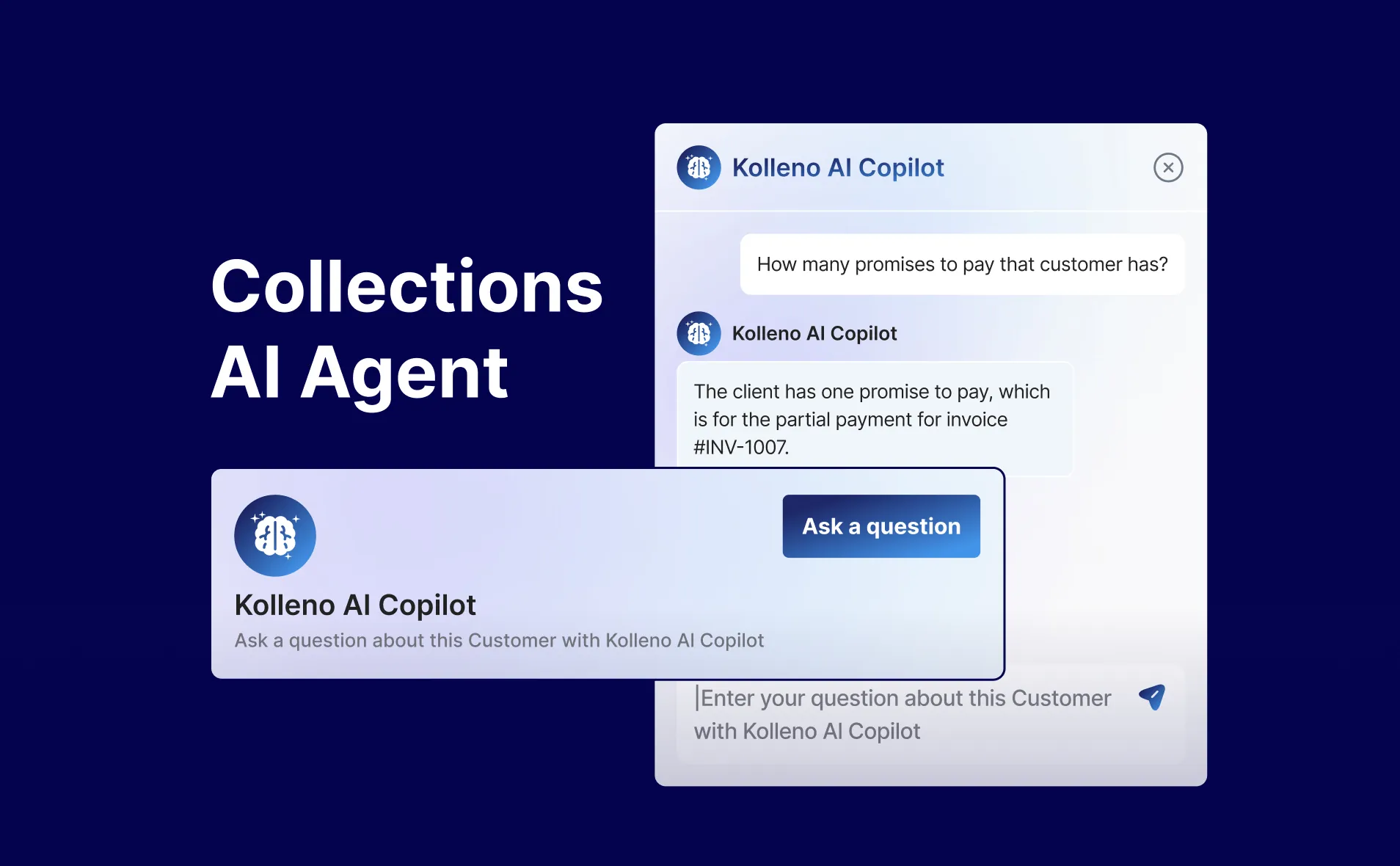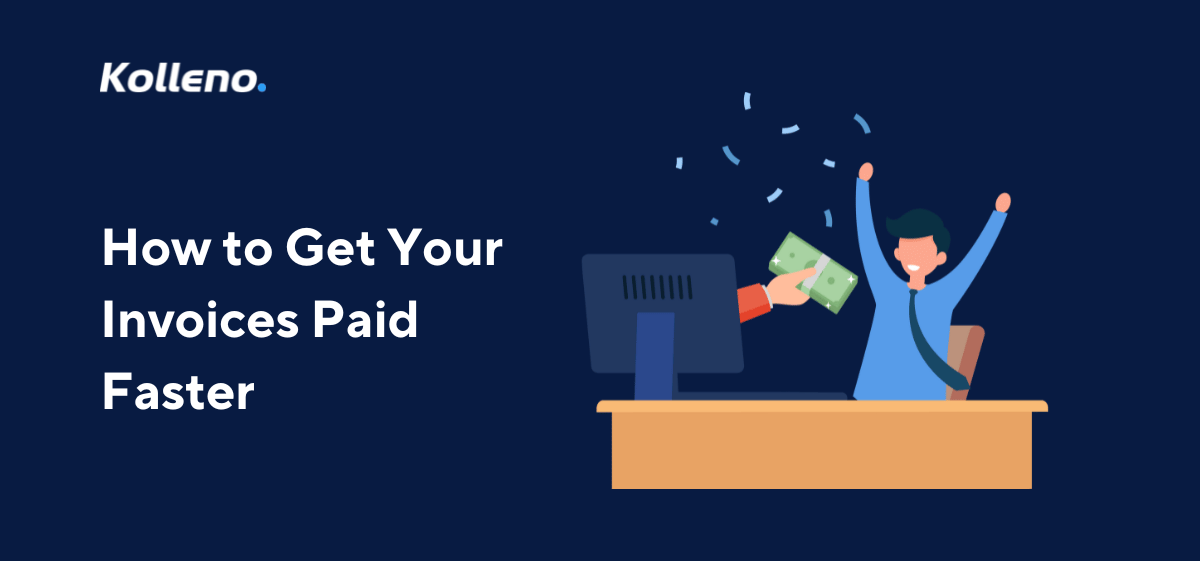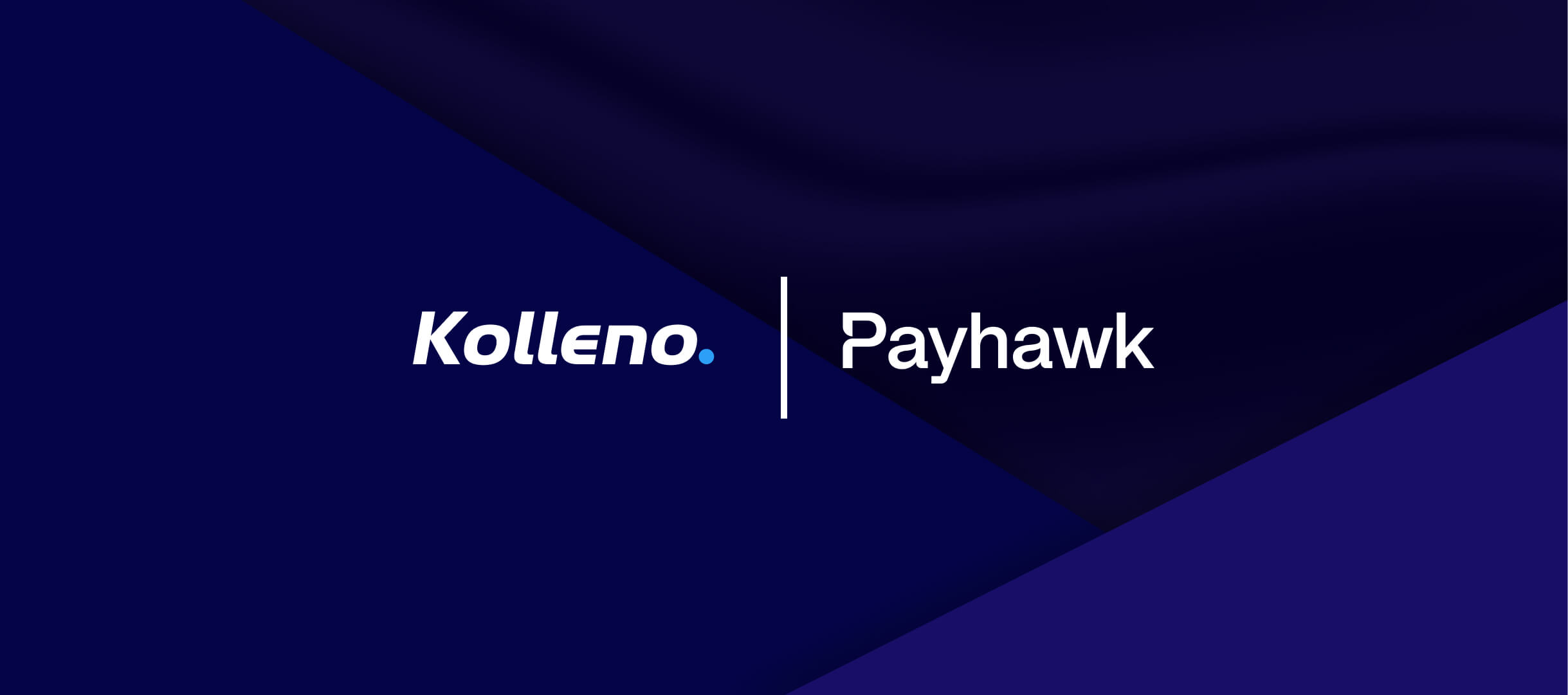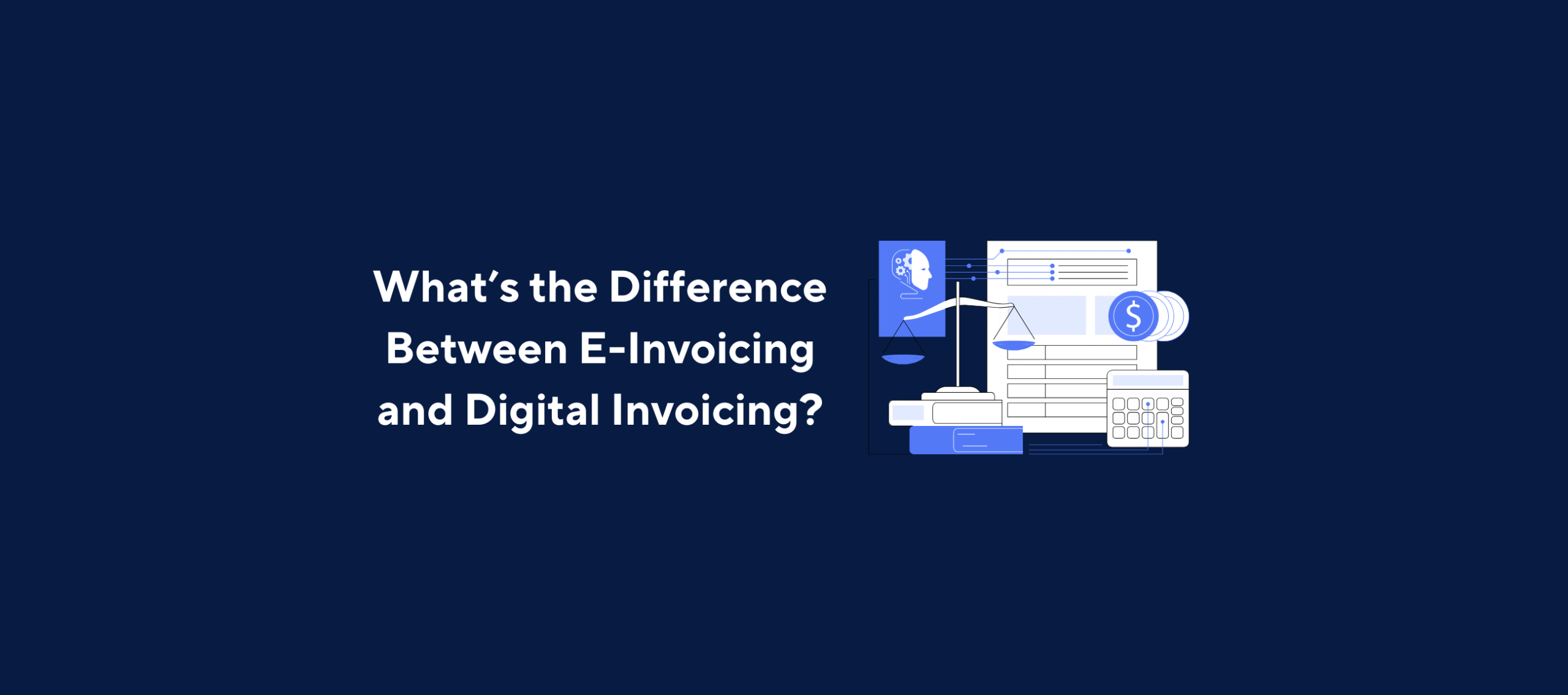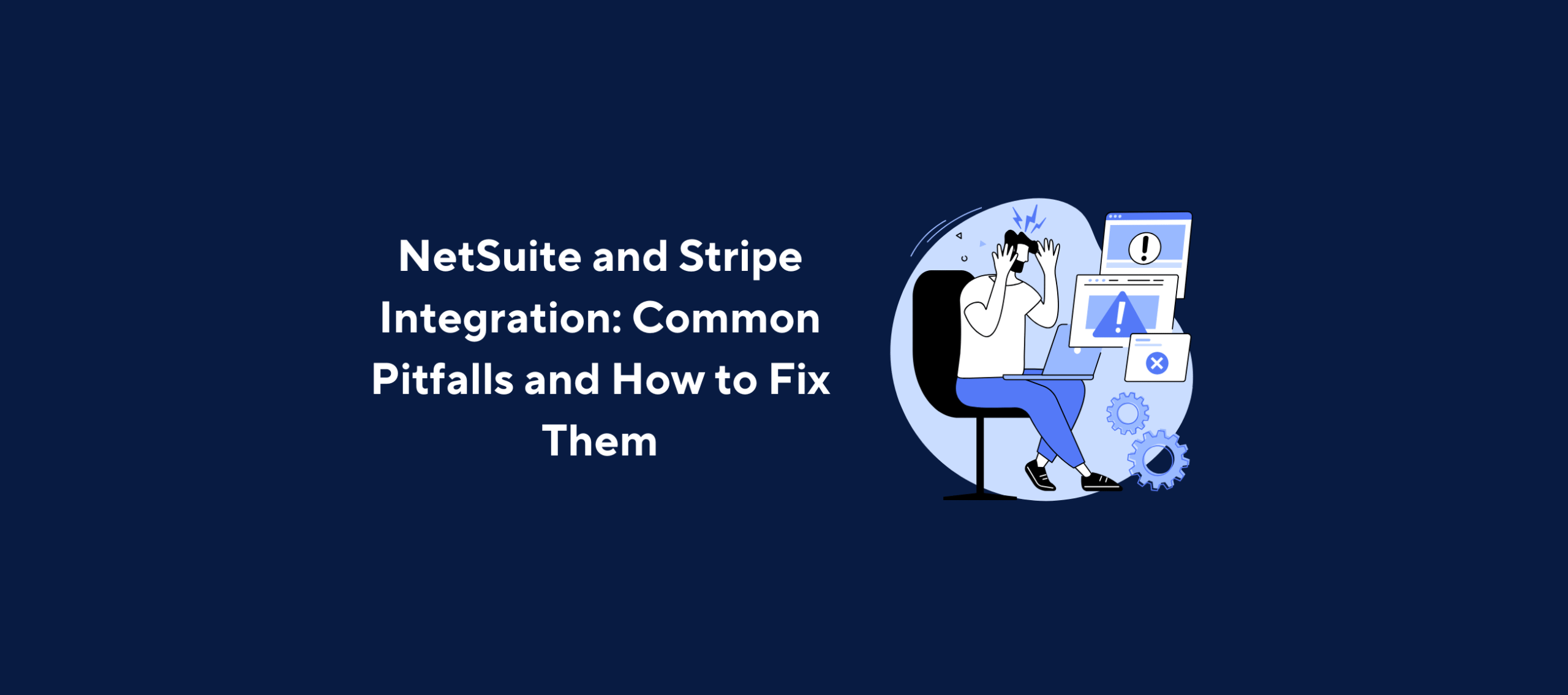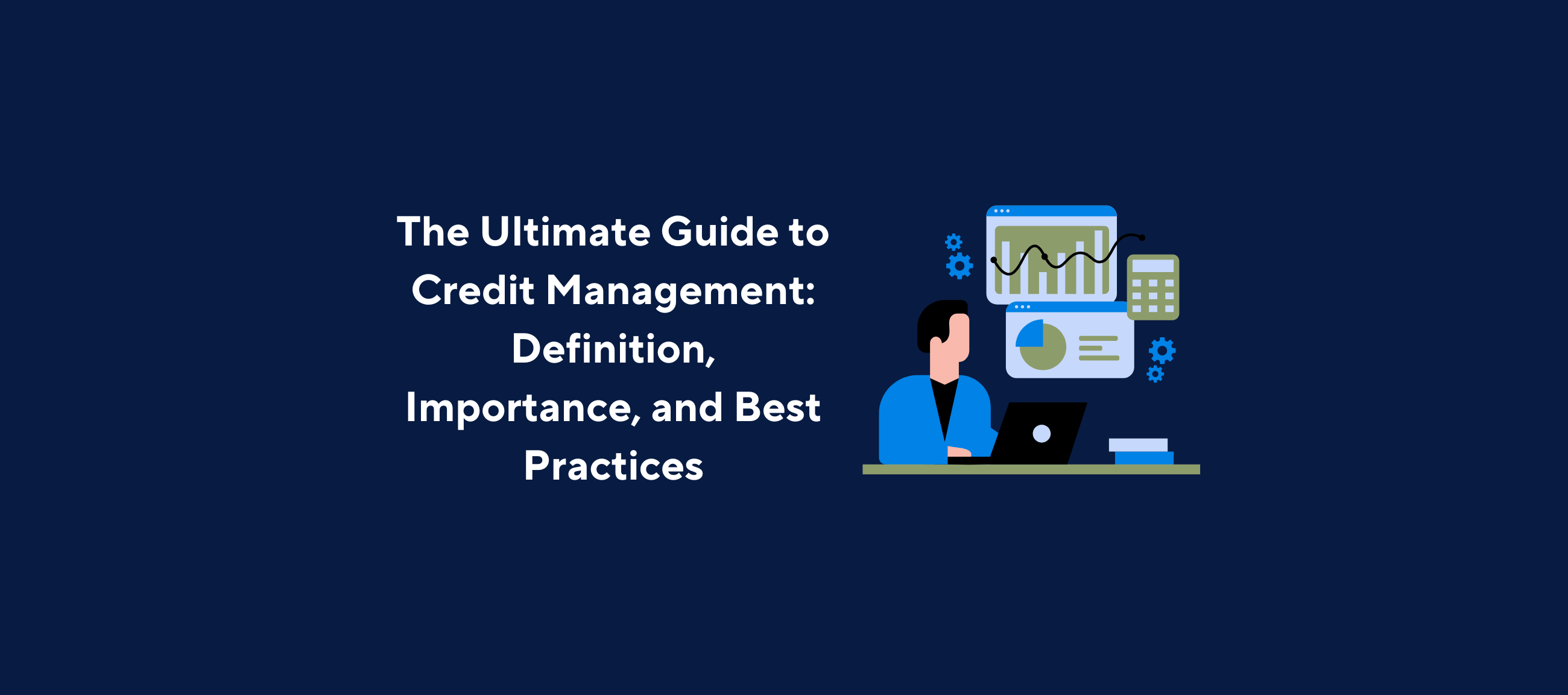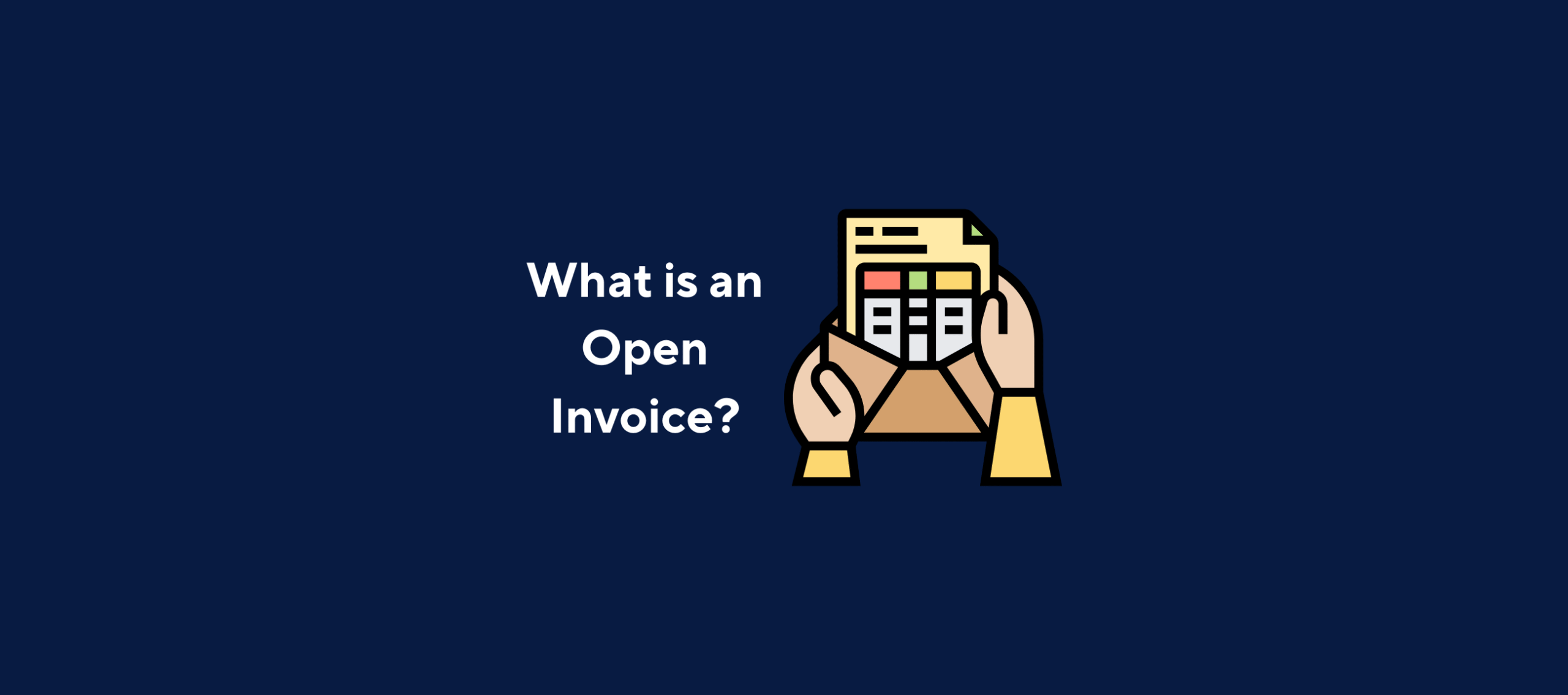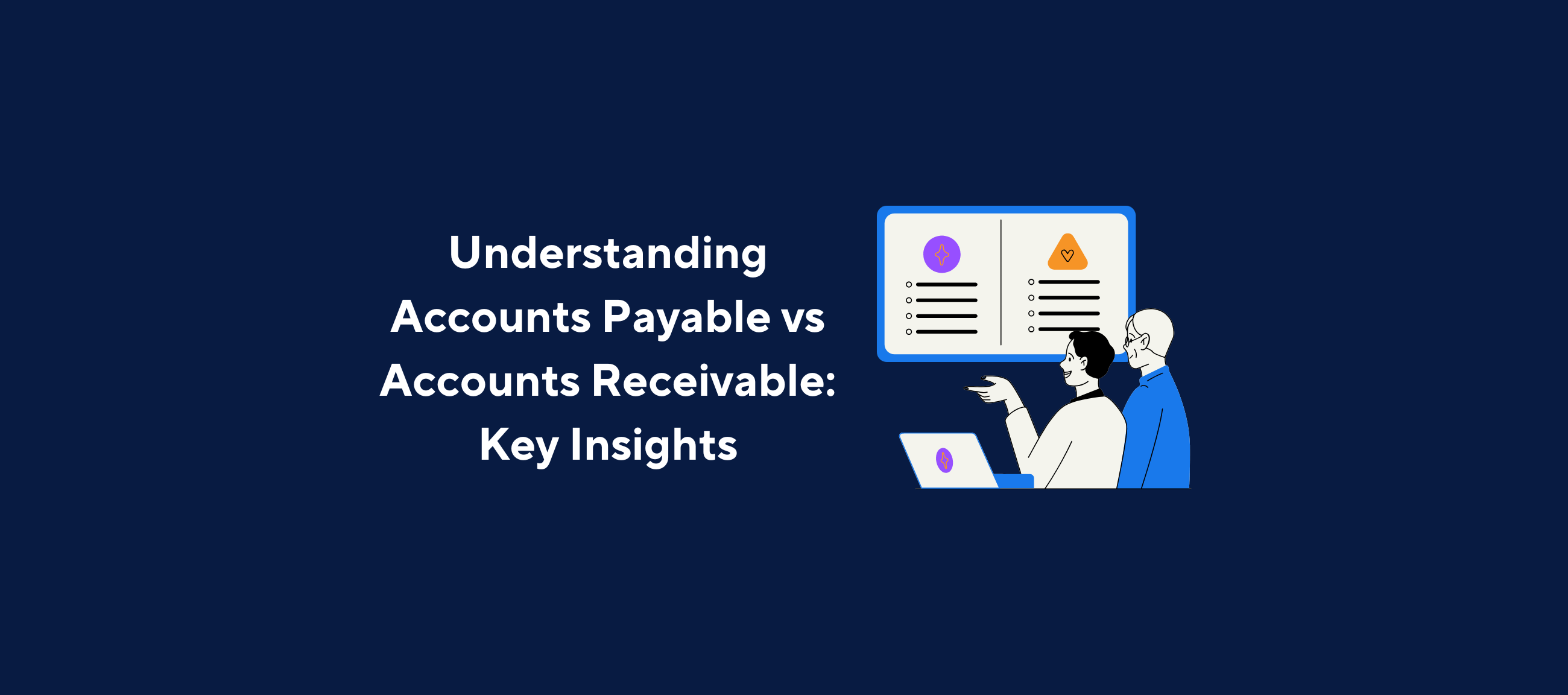Key Points
Collecting payment for invoices is a common yet critical component of working with customers.
A follow-up email invoice is simple message businesses send to their customers if they have an overdue invoice with the company.
Sending overdue invoice emails is an essential aspect of business operations because it permits firms to settle unpaid invoices whilst sustaining a long-lasting professional relationship with their existing customer base.
Communication via email is one of the most practical ways for delivering past-due invoice emails, as most customers or clients conduct their communications through digital channels.
Companies are generally recommended to ensure that the content in their follow-up invoice emails is concise and written in simple language. This safeguards the business against any potential confusion caused by the customer’s inability to comprehend the email’s content.
Handling late customer payments or unsettled invoices can be highly frustrating for businesses as these can stifle the company’s operational cash flow and consume loads of working capital. Not to mention, more than 29% of companies had to shut down because they ran out of cash to settle operational expenses such as payroll, supplier fees, as well as other business obligations.
Consequently, these problems caused business owners to ponder strategies that could improve their ability to manage unsettled invoices professionally. In particular, businesses are primarily driven by people and long-lasting working relationships. Thus, companies will need to adopt a politically astute approach to collecting payments should they intend to maintain positive relations with a hard-won customer or client.
Considering that if you are an accounts receivable professional searching for automated solutions to strengthen your firm’s invoice payment collections process, consider Kolleno. In a nutshell, Kolleno provides an outstanding credit control solution with seamless omnichannel communication features coupled with a wide range of analytical tools to help businesses function at their peak performance!
How Can Businesses Use Emails to Manage Outstanding Invoices?
The company’s probability of never receiving the customer’s payment is proportional to the days after the invoice payment due date. Fortunately, emails have been and will continue to be a unique digital tool for credit control.
As a matter of fact, the ability to draft polite emails requesting customers to settle long overdue invoices is an essential skill for both small firms and large corporations. Fascinatingly, around 90% of unpaid customer invoices could be successfully settled solely via the delivery of follow-up email reminders.
Nonetheless, there remains a surprising number of accounting and finance departments that do not ensure that their email communication standards are up to par. As a result, these companies may record sub-optimal success in their invoice management efforts.
Common Mistakes Businesses Need to Avoid When Writing Emails to Chase Payments
In the majority of cases, classic mistakes made by accounts receivable professionals within poorly written outstanding invoice payment reminder emails include the use of an aggressive writing style, the absence of human touch, an unfriendly and/or judgmental tone towards the reader, or the worst-case scenario, the delivery of the invoice email to the incorrect person entirely!
Although appearing to be highly minor on paper, these mistakes could drastically impact the company’s top-line performance. On that note, let’s review the types of common writing errors and how company representatives could avoid them:
Mistake One: Having the Term “Follow-Up” In the Subject Line of An Email
In many scenarios, sales representatives utilising the phrase “follow-up” in their email’s subject line are likely to find their efforts futile because this term has no value-adding potential. Instead, such terminologies could unintentionally increase the chances of the email recipient choosing to ignore the message completely. Hence, it is vital for accounts receivable professionals to be mindful of the email subject line and ensure that it is highly relevant to the actual content.
Mistake Two: Failing to Include a Call-To-Action (CTA)
When companies send emails to their potential customers, it is essential to include a call-to-action (CTA), which provides the recipient with relevant information on what to do after receiving their message. To elaborate, the CTA can be anything ranging from requesting the customer’s prompt reply to filling out a survey shared by the company.
Should this not be practised, the customer or client would subsequently be left in the dark, further exacerbating the payment delay issue. Thus, the CTA ought to be viewed as a set of instructions offering clarity to the customers as part of streamlining the invoice settlement process.
Mistake Three: Forgetting to Send a Follow-Up Email Punctually
In general, businesses are advised to avoid the delayed delivery of follow-up emails to the relevant customers and aim to keep the waiting period at approximately three days maximum (as opposed to one week). The rationale for this can be attributed to customers typically forgetting the specific call-to-action details. As a result, the company may unexpectedly risk losing their sales revenue if they were to spend too much time waiting.
What Should Businesses Include While Drafting an Invoice Follow-Up Email
Writing an effective invoice follow-up email should include several components to maximise the company’s chances of settling its invoices quickly. This begins with:
Including A “Thank You” Note for The Customer’s Previous Engagement
Upon the successful delivery of the product and/or service, companies must send a short follow-up email updating customers on the progress. This gesture helps make the business appear much more customer-centric and professional.
Additionally, the follow-up email ought to also include a simple thank you message expressing the firm’s appreciation for customers choosing to do business with them. This thereby enables the company’s customer support department to offer an outstanding customer experience whilst also creating an opportunity for customers to send any questions that they may have. Consequently, all of these efforts will substantially increase the possibility of the customer remembering the business whenever they require the same product and/or service in the near future.
Request For Constructive Feedback
Overall, receiving positive feedback from customers informs the business that it is doing an excellent job and simply need to maintain its current efforts in the future. On the other hand, negative feedback could be unpleasant to hear, yet an extremely valuable source of data to educate companies on how they could strengthen their customer service capabilities. As a result, both feedback forms may elevate a firm’s ability to build and sustain tight-knit professional relationships with existing and prospective customers.
However, the problem is that most customers would not go the extra mile to offer reviews and/or feedback unless the company has prompted them. On that note, sending a simple follow-up email requesting honest ratings and reviews from customers can be a great strategy to help customers feel empowered and appreciated.
Actively Market Other Products and/or Services
Providing excellent customer service should remain the company’s top priority whenever follow-up invoice payment emails are sent to customers. Nevertheless, there is absolutely no harm in firms scouting for opportunities to upsell other products and/or services after the initial purchase.
Thus, companies are highly recommended to include brief details of any product bundles or service packages that customers could consider buying at a discount or special deal in the follow-up email.
Encourage The Customer to Refer the Offerings to Others
One of the most efficient tactics businesses could employ to attract attention is targeting their current customers or clients. In particular, having a referral from happy customers offer social proof of the company’s expertise, customer service standards, and trustworthiness.
Hence, if the firm happens to have a customer referral programme, it could consider advertising it on the invoice follow-up email to maximise its marketing outreach via word-of-mouth.
Invite The Customer to Keep in Touch Via Social Media
Social media is an incredible platform for businesses to interact closely with customers and expand their client base. More specifically, if a company were to have a business page on popular social media sites like LinkedIn, Facebook, Instagram, or Twitter, including these links within the invoice follow-up emails is a simple yet intelligent method to maintain a high customer stickiness.
To provide an example, business pages can be used as a platform to offer special promotions and exclusive discounts to their followers. Should the current customer base actively engage with these posts, there is a high chance that their social circles will also encounter them, which may indirectly assist the business in securely new clients.
How Businesses Can Automate Their Payment Follow-Up Email Reminders
Typically, utilising a professional follow-up invoice email software can help accounts receivable professionals stay on top of their work. Plus, there is a myriad of software-as-a-service (SaaS) companies offering software solutions for businesses to create visually appealing and straightforward follow-up email sequences.
To provide an excellent example, Kolleno is a smart credit control platform providing intelligent invoice payment management software to enable accounts receivable professionals to step up their game in this space.
What Could Businesses Do If Their Outstanding Invoice Email Don’t Get Through
If the various follow-up invoice emailing efforts be futile, it might be necessary for companies to follow through on their legal actions to complete the debt collection journey. Nevertheless, it is always important to remember that such scenarios should be seen as the last resort, as hiring a lawyer or debt collection agency would most likely put an end to your professional relationship with the affected customer. Other than that, this process can be very expensive and time-consuming as the matter might need to be officially resolved in court. However, should the value of the unpaid invoice greatly outweigh the cost of litigation, executing this step might still be the best choice for the company in the long term, if applicable.
Additional Tips and Advice for Writing Effective Past Due Invoice Email
Having discussed the best practices for writing effective follow-up invoice emails, there remains a number of practical advice that business owners could consider where appropriate, including:
Kickstarting The Emailing Process Early
Put simply, contacting your customer just before the invoice due date can help businesses ensure that the outstanding invoice payment does not slip away from the client’s to-do list.
Maintain A Consistent Emailing Schedule
It is relatively intuitive to know that sending a follow-up invoice email reminder at random times will never be as effective as establishing a proper workflow system to deliver payment reminders at specified intervals. With that, typical schedules would begin with sending one email per week.
Approach Other Points of Contact
When multiple follow-ups appear futile, it is crucial also to consider the possibility that the key contact person at the client’s company could be out of the office or no longer working there. Thus, an alternative strategy would be to call the front desk to ensure the emails went through and speak to another relevant contact point.
Highlight The Potential Involvement of the Legal Team
In certain occasions, mentioning “legal action” would be sufficient to initiate action. Hence, companies could consider including the legal department as a final warning to the customer prior to escalating the situation to the next level.
Have A Lot Of Patience And Be Future-Oriented
Although the pressure to fulfil the company’s key performance index (KPI) can be an overwhelmingly stressful process, it is vital to maintain decorum and never to transfer that anxiety to the customers. In particular, aggressive or pushy emails may put clients off, which could cost you the business relationship in the long run. Therefore, the general rule of thumb is to prioritise future relationships to help you retain your current customer base.
How Could Businesses Prevent High Volumes of Late Payments Altogether
Should a business continue to be constantly plagued by late payments and bad debts, it might be worthwhile adopting a 360-degree reflection of the company in order to address the problem from every facet.
It is relatively common for businesses to permit the purchasing of products and/or services via credit, but this causes an increment in the probability of encountering past-due invoices. To prevent such a situation, some of the tactics that firms could consider to incentivise punctual payments include:
–Offering an exclusive discount for customers paying via credit card at a certain period.
-Reward early-paying customers with coupons for a complimentary product and/or service
-Send regular reminders to build customer awareness surrounding the consequences of paying late
Besides that, another crucial element to reducing the number of overdue invoices would be ensuring that the company’s invoicing or billing platform is compatible with the various pricing structures. Otherwise, there would be a high chance that all of the work would need to be entirely done in a manual fashion.
Nonetheless, it is still always a best practice to continue monitoring the customers’ behaviours and preferences, as there may be striking patterns and trends that could guide the company in designing a better follow-up invoice emailing experience.
Concluding Thoughts
All in all, being proactive as well as developing and executing an effective payment reminder strategy are the core components for companies to minimise the chances of encountering bad debts.
To prevent frustrations surrounding late payments, Kolleno is a smart credit control platform that can be customised to fit various business needs. Some of the noteworthy aspects of Kolleno include its all-in-one accounts receivable software, which has features such as an omnichannel communication platform, tailored invoice management strategies, and a straightforward payment process to simplify the entire invoice settlement journey.
Frequently Asked Questions (FAQs)
What Is a Follow-Up Email?
A follow-up email is a message delivered to the customer after sending an initial one. It could also be an email sent to the customers or clients after reaching a particular stage in the purchasing journey.
What Should You Include in An Email Follow-Up?
Businesses usually send a follow-up email to their customers or clients upon providing a product and/or service to clarify if there is anything else that the customer may need help with. In such communications, it is imperative for companies to explicitly state the purpose of the email in a concise manner, followed by including a call-to-action (CTA) if they are expecting the customer to respond within a specific period.
How Could Companies Politely Follow Up on An Invoice?
Should a customer still be behind on the invoice payment, companies could consider following up on the initial invoice reminder email with a friendly reminder after a week. If this does not work, repeat the process before sending a final notice to warn the customer of the potential legal action that the firm may have to take as a final resort.
Video
- Key Points
- How Can Businesses Use Emails to Manage Outstanding Invoices?
- Common Mistakes Businesses Need to Avoid When Writing Emails to Chase Payments
- What Should Businesses Include While Drafting an Invoice Follow-Up Email
- How Businesses Can Automate Their Payment Follow-Up Email Reminders
- What Could Businesses Do If Their Outstanding Invoice Email Don’t Get Through
- Additional Tips and Advice for Writing Effective Past Due Invoice Email
- How Could Businesses Prevent High Volumes of Late Payments Altogether
- Concluding Thoughts
- Frequently Asked Questions (FAQs)
- Video
